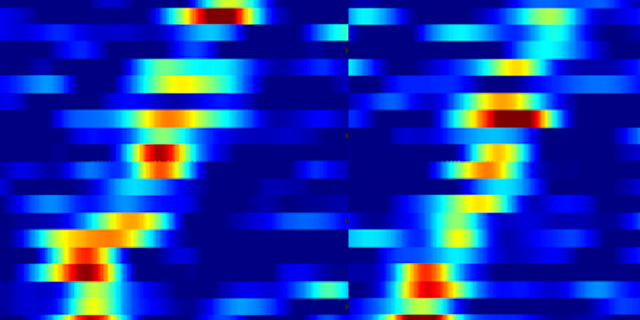A New Way to Manipulate a Skyrmion Crystal
Skyrmions, tiny swirls of magnetic polarization, hold promise for storing information. For that, researchers need to be able to control the swirling of these magnetic quasiparticles. Some existing methods for manipulating the rotation of skyrmions involve heating the quasiparticles with a focused electron beam until their spins start moving. But such methods use substantial energy, can melt the crystal, and cannot easily control spin rotation, particularly at the timescales relevant for information storage. Now Phoebe Tengdin at the Swiss Federal Institute of Technology Lausanne (EPFL) and colleagues have demonstrated a method for fast, coherent control of the spin of an array of skyrmions [1].
Tengdin and her colleagues identified and exploited the ability of circularly polarized, femtosecond laser pulses to excite skyrmions. They illuminated a skyrmion crystal—a periodic array of the quasiparticles—with two pulses, varying the length of time between the pulses.
The team demonstrated that they could rotate the skyrmions such that the quasiparticles all moved in a single direction. They showed that when the laser pulses were offset by a few hundred picoseconds, the skyrmion array rotated about 6 orders of magnitude faster than seen with other methods. They also found that the use of the lasers provided more fine-tuned control over spin rotation. Tengdin says that refinements to the technique could allow them to manipulate other components of skyrmion motion and further fine-tune control over systems containing these quasiparticles.
Correction (22 December 2022): A previous version of the story contained incorrect statements about the rotation of the spins of the skyrmions. It also stated that two lasers were involved in the excitation, but it was actually one.
–Chris Gorski
Chris Gorski is a freelance science writer based in College Park, Maryland.
References
- P. Tengdin et al., “Imaging the ultrafast coherent control of a skyrmion crystal,” Phys. Rev. X 12, 041030 (2022).





